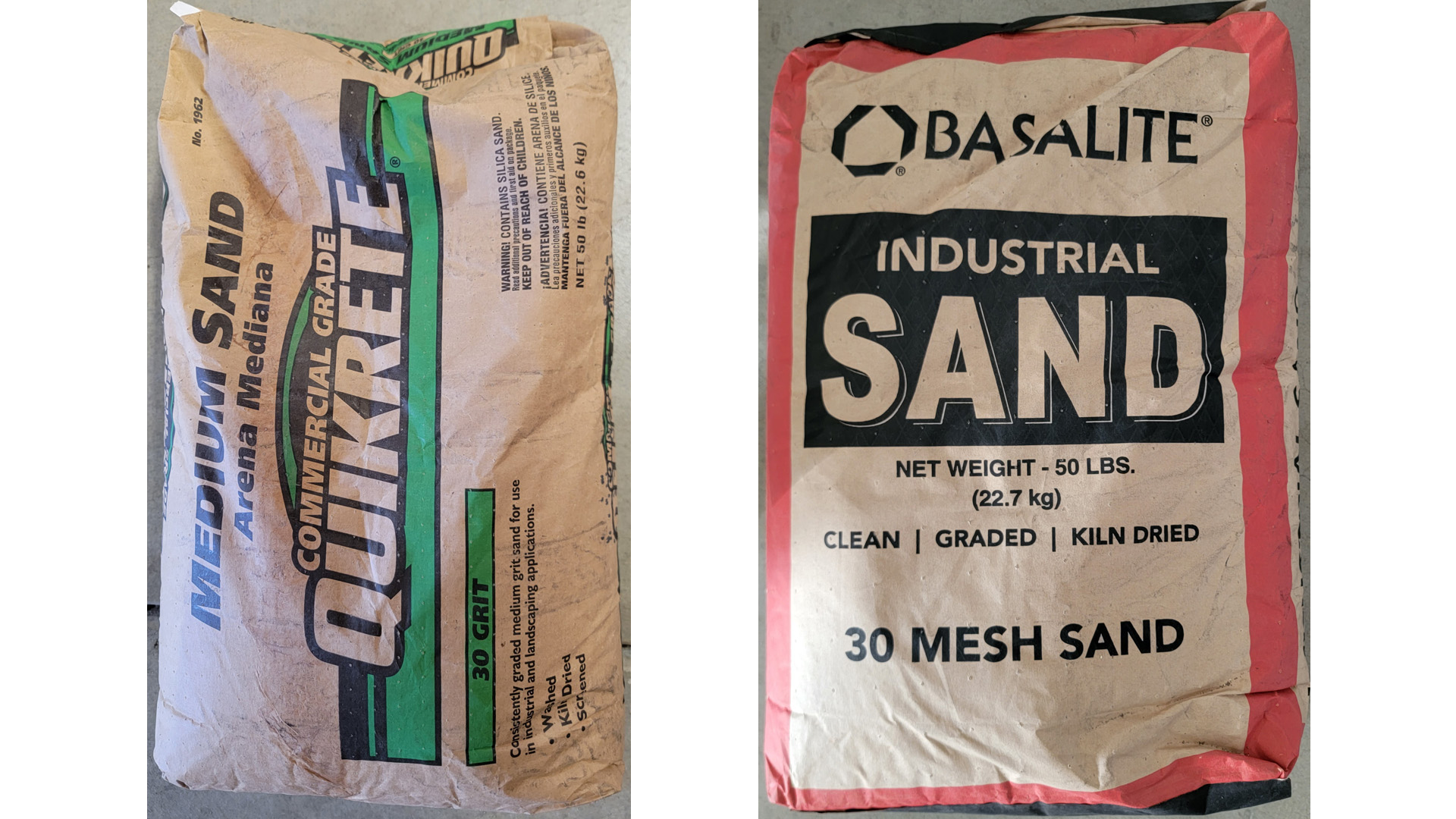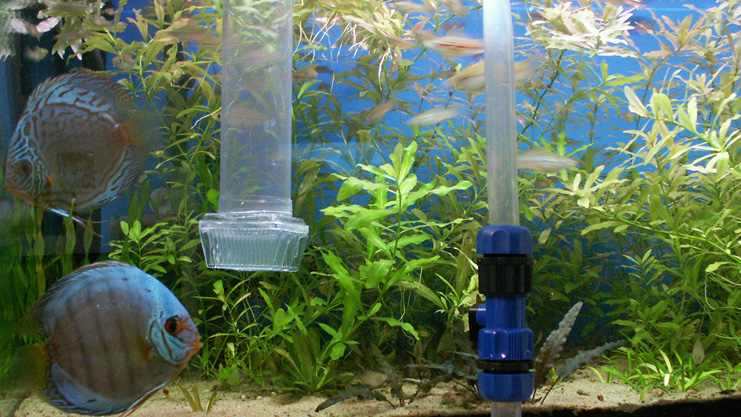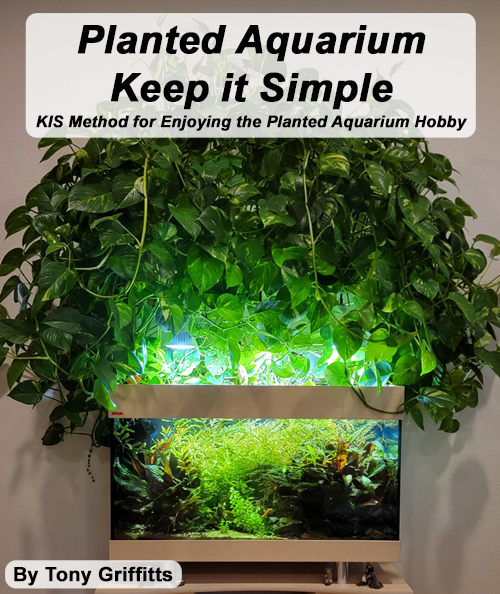From the Aquarium Lab
30 Mesh (Grit) Substate
Evaluating ORP Values for an Anoxic Environment in 30 Mesh Sand Found in Hardware Stores

By Tony Griffitts
Published - 20240120, Revised:
The ORP values of 60 mesh (grit) sand were examined in the article “From the Aquarium Lab - Oxidation Reduction Potential of Substrate - Evaluating ORP Values of Substrate Size, Depth, and the Effect of Current,” published 2024.01.13. In that article, the ORP values at different depths were examined to find where the anoxic environment responsible for anaerobic denitrification begins.
In this article, 30 mesh (grit) sand ORP values were examined in this commonly available substrate found in the masonry section of the local hardware store. As with other substrates tested, 5 cm (2 inches) was placed on the bottom of a 12-gallon cube (14" x 14" x 14" [53 L, 35.5 x 35.5 x 35.5 cm]) aquarium on 2023.11.24. The sand was inoculated with beneficial bacteria with a small amount of 60 mesh sand that has been in a system for over a year.

When the 30 and 60 mesh sand is examined up close, it is clear the only difference is some 30 mesh gains are included, while the majority of the fine grains are also found in 60 mesh sand.

The “From the Aquarium Lab - Substrate Denitrification - Substrate Size Experiment” article concluded that 60 mesh sand aided in the denitrification of the system, while 10 mesh and 3 to 1 mesh (pea gravel) increased nitrate (NO3). Mesh or grit size indicates how many of the largest grains (end to end) it takes to equal 1 cm. Collecting ORP values of the substrate can show if anoxic environments could be detected in the three different grain (grit or mesh) size systems.
A 12-gallon cube (14" x 14" x 14" [53 L, 35.5 x 35.5 x 35.5 cm]) aquarium was set up and coupled to two other cubes to provide the same water chemistry and similar microbe biodiversity. The test aquarium was set up with 5 cm (2 inches) of 30 mesh (grit) sand.
Filtration for the coupled aquarium was a Sicce Shark Adv 400 - 600 internal power filter. Output from the internal filter was returned to the three coupled aquariums. A moderate current was supplied to the test system.
For this experiment, ORP data was collected using a Milwaukee MC510 PRO Digital ORP Controller and three probes.

Probes were all moved to the 30 mesh sand to explore the depth of where the anoxic environment begins. Probes were maintained at the same depth for two days to allow the values to stabilize before collecting the final data values. Data was collected at .5 to 5 cm of depth:
| Substrate Depth | 3 Probes mV Value | Average |
|---|---|---|
| .5 cm | #1 = -207, #2 = -112, #3 = -56 | -125 |
| 1 cm | #1 = -434, #2 = -444, #3 = -453 | -444 |
| 2 cm | #1 = -433, #2 = -458, #3 = -433 | -441 |
| 3 cm | #1 = -418, #2 = -451, #3 = -441 | -437 |
| 4 cm | #1 = -427, #2 = -436, #3 = -437 | -433 |
| 5 cm | #1 = -411, #2 = -439, #3 = -437 | -429 |
The ORP values collected from the three probes indicate that 30 mesh sand can provide a beneficial anoxic environment at a depth of less than 1 cm. The experiment shows beneficial anoxic environments in 30 mesh sand with moderate current can occur in less than .5 cm (1/4 inch). The hobbyist can use either 60 or 30 mesh sand in the aquarium to benefit from anaerobic processes in negative ORP mV value environments.



